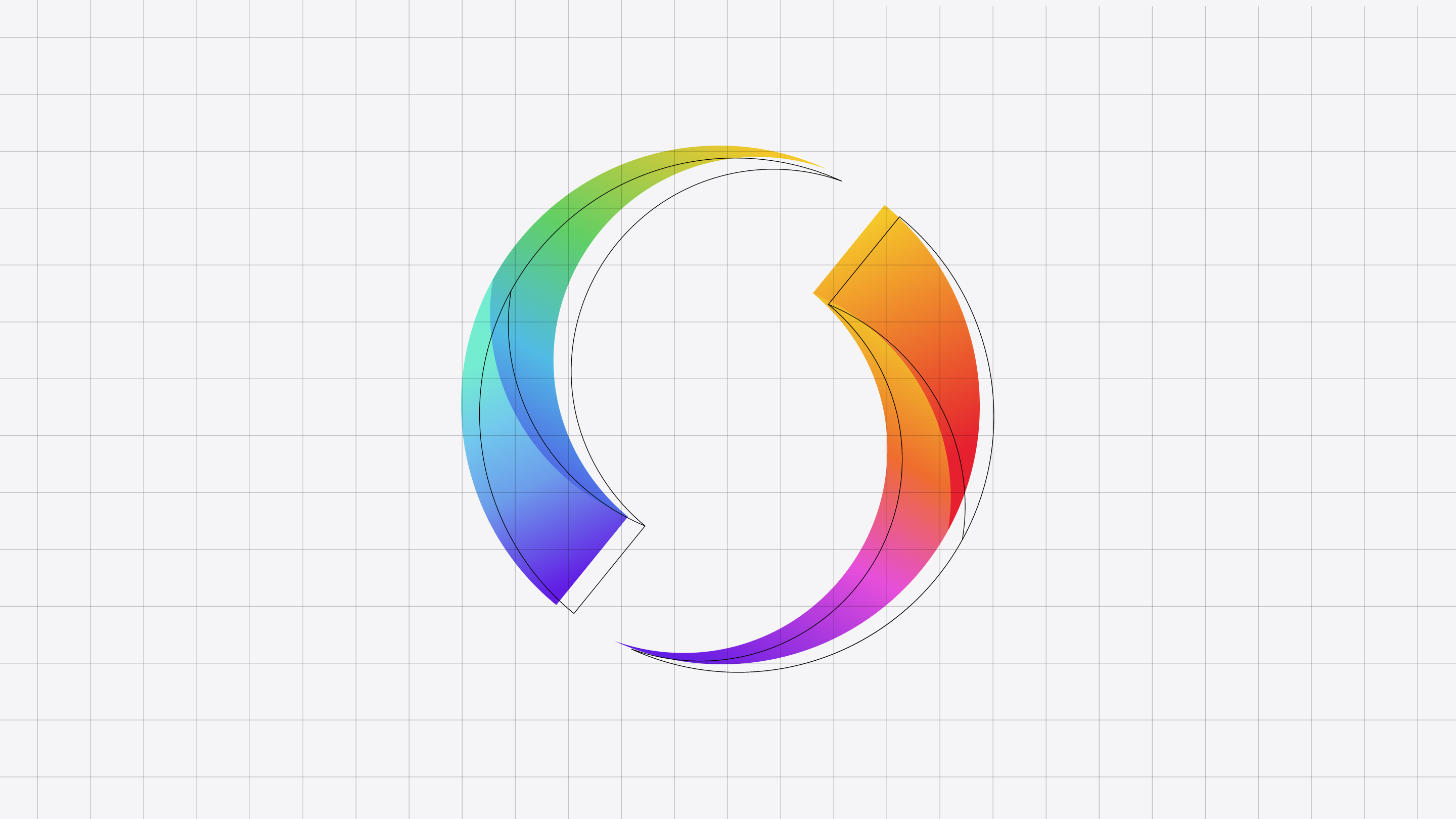
The ultimate guide to designing a winning brand identity & logotype
Creating a new logotype and graphic identity is a pivotal step for any brand, setting the tone for its presence in the market.
This process involves careful consideration, blending creativity with strategy to ensure the final design resonates with the intended audience while standing out in a crowded space.
In this in-depth guide I’ll help you navigate through this creative endeavor, complete with a checklist to ensure your new identity and logotype hit the mark.
Understanding your brand essence
1. Brand core: Start by defining your brand’s core values, mission, and vision. Your logotype and identity should be a visual representation of these elements. What is branding? A guide to understanding brand identity
2. Target audience: Know who you’re speaking to. Understanding your audience’s preferences and behaviors ensures your design is tailored to engage them effectively.
3. Competitive landscape: Analyze your competitors. Identifying common trends and finding opportunities to differentiate can make your brand stand out.
Conceptualizing your design
1. Brainstorming: Begin with broad concepts. Sketch and ideate freely without constraints, focusing on creativity and innovation.
2. Refinement: Start narrowing down your ideas based on the brand essence and target market. Consider which concepts best represent your brand’s identity.
3. Color psychology: Colors evoke emotions and convey messages. Choose a color scheme that aligns with your brand’s personality and values. Picking the perfect colors for your brand: A simple guide
4. Typography: The style, arrangement, and appearance of letters matter. Select fonts that complement your brand’s character and are legible across various platforms. How to pick the right fonts for your brand
Finalizing and testing
1. Versatility: Ensure your logo and identity work across different mediums and sizes. It should be effective in color and black and white, scalable from a billboard to a business card. See the checklist for practical applications below.
2. Feedback loop: Gather feedback from a diverse group of people, including stakeholders, potential customers, and design professionals. Use this feedback for further refinement.
3. Legal checks: Conduct a trademark search to ensure your logo isn’t infringing on existing logos. It’s advisable to register your logo to protect it legally. Two good places to start is eSearch plus at EUIPO for European trademarks and TM View for a wider international search.
Practical application of your identity
Incorporating practical tests into the design process of your logotype and graphic identity ensures versatility and effectiveness across various applications.
Beyond digital platforms and print materials, consider these additional practical tests to evaluate the adaptability and impact of your design:
Digital Applications
- App icon: Test your logo as an app icon to ensure it’s recognizable and stands out on a crowded home screen. It should maintain its essence even at small sizes.
- Social media profiles: Apply the logo to various social media platforms to check its adaptability to different profile picture dimensions and cover photos.
- Website favicon: Convert your logo into a favicon and assess if it remains identifiable in a browser tab, complementing your online presence.
- Email signatures: Incorporate the logo into email signatures to see how it performs in a smaller, less controlled environment.
Physical merchandise
- Apparel: Printing your logo on T-shirts, caps, and other wearable items tests its adaptability to different fabrics and colors.
- Packaging: Apply your identity to product packaging and labeling. This tests how well the design communicates your brand on physical shelves or in an unboxing experience.
- Business stationery: Use the logo on business cards, letterheads, and envelopes. This checks for clarity, legibility, and impact in formal communications.
- Promotional items: Place the logo on various promotional items like pens, notebooks, and mugs. The logo should be versatile enough to be effective on a range of textures and forms.
Environmental graphics
- Signage: Test your logo on both interior and exterior signage to evaluate visibility, legibility, and impact from different distances and in various lighting conditions.
- Vehicle wraps: Applying your identity to vehicles as wraps can test the design’s scalability and visibility in motion, an important aspect for businesses with a mobile presence.
Interactive elements
- Animated versions: Create animated versions of your logo for digital use. This can test how well the logo’s core elements adapt to movement, an increasingly important aspect in digital media.
- AR/VR applications: For brands in tech-forward sectors, testing how your logo performs in augmented reality (AR) or virtual reality (VR) environments can be insightful.
Additional checklist items
- Responsiveness: Does the logo adapt well across different digital platforms and physical applications?
- Cultural sensitivity: When applied globally, does the logo maintain its integrity without offending cultural norms?
- Memorability: Is the logo still recognizable and memorable in non-traditional applications?
- Sustainability: For physical merchandise and packaging, does the logo design consider sustainability practices in materials and production methods?
By extending the testing phase to include these practical applications, you ensure your logotype and graphic identity are not only aesthetically pleasing but also functional, versatile, and effective in real-world applications.
Checklist for your new identity and logotype
- Brand alignment: Does the design align with your brand’s core values and message?
- Audience resonance: Will your target audience connect with this identity?
- Differentiation: Is your design distinct from competitors?
- Versatility: Does your logo maintain its integrity in various sizes and formats?
- Color effectiveness: Are the colors appropriate for your brand and easily reproducible?
- Typography clarity: Is the text legible and appropriate for your brand?
- Feedback incorporation: Have you gathered and integrated feedback from a diverse group?
- Legal clearance: Have you checked for trademarks and taken steps to protect your design?
- Brand guidelines completeness: Do your guidelines cover all necessary elements for consistent application?
- Application readiness: Are all touchpoints updated with your new identity?
Launching your identity
1. Brand guidelines: Develop comprehensive brand guidelines detailing the usage of the logo, color palette, typography, and other visual elements to ensure consistency across all touch points.
2. Application: Start applying your new identity across all materials, including digital platforms, marketing materials, and packaging, to establish a strong brand presence.
Remember, creating a new logotype and graphic identity is not just about a visually appealing design but crafting a strategic visual language that communicates your brand’s essence.
By following these steps and utilizing the checklist, you can ensure that your new identity not only looks great but also works hard to advance your brand’s goals!
Also read Your checklist for buying digital and identity design


